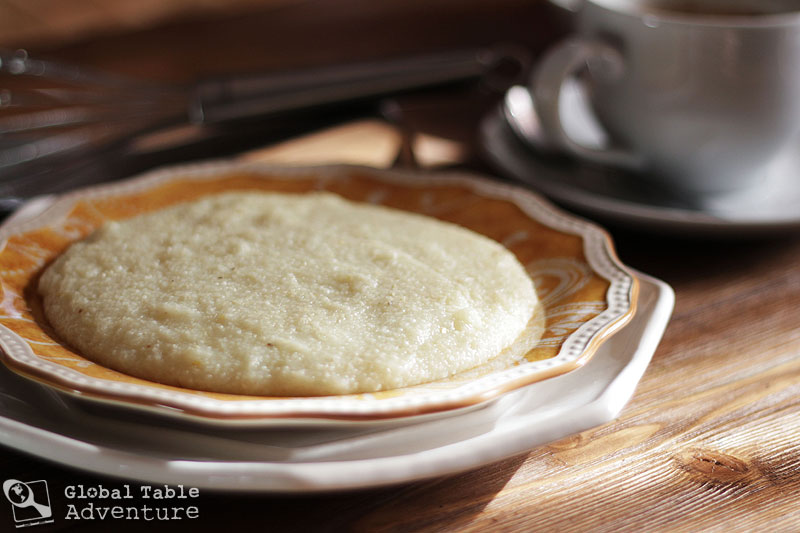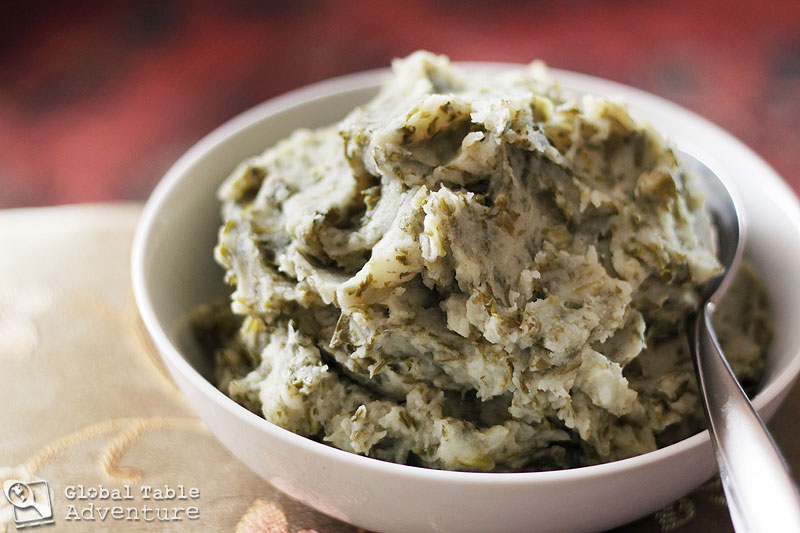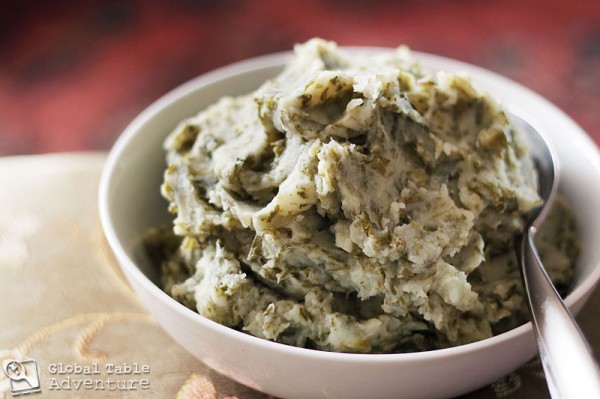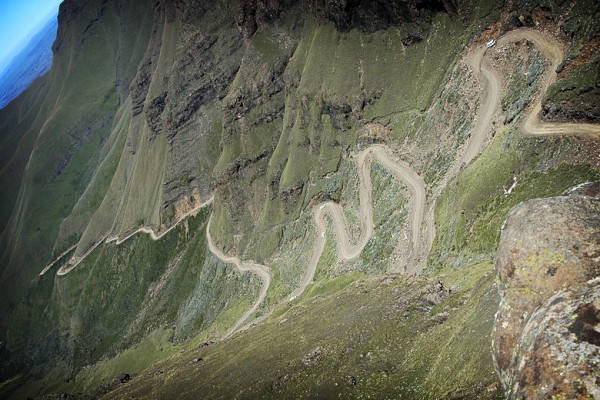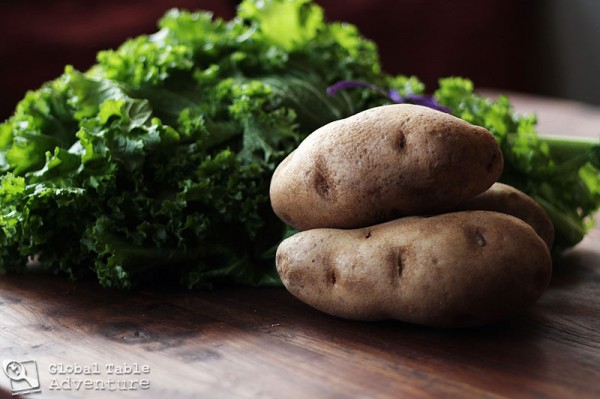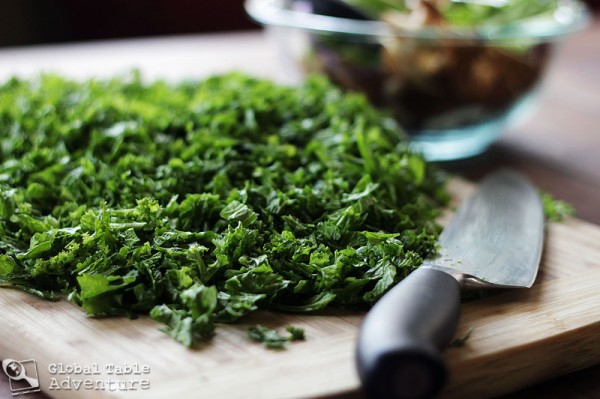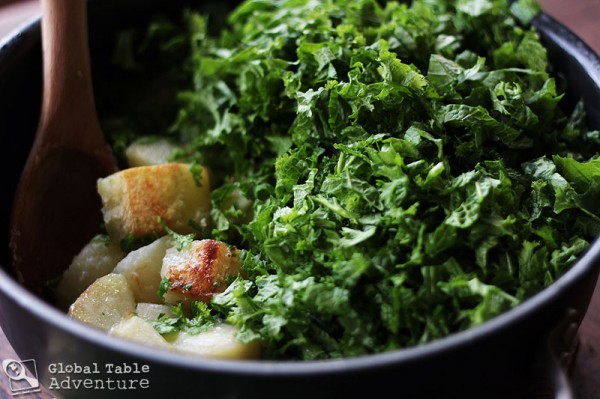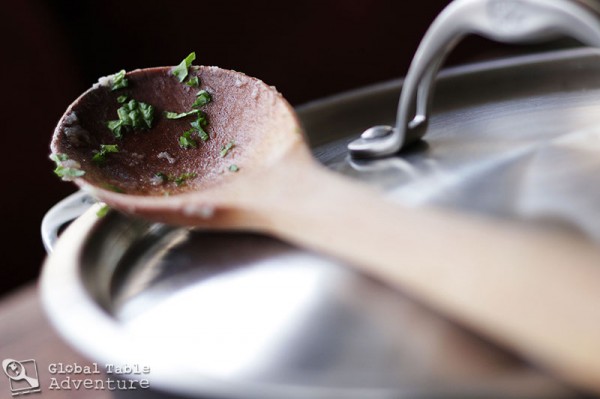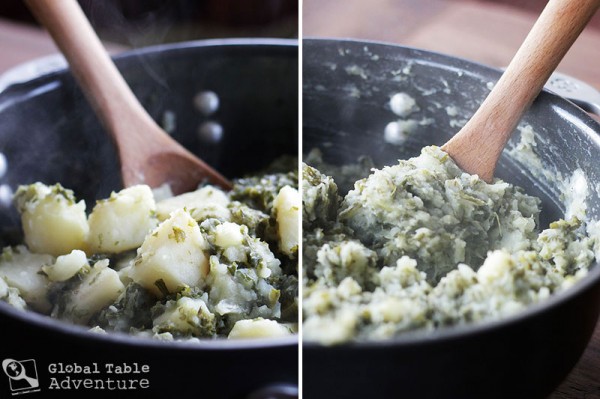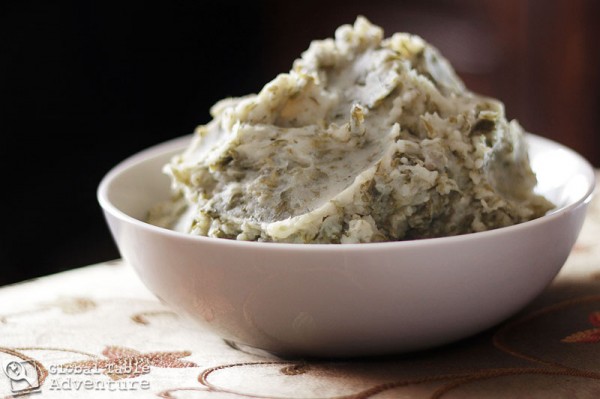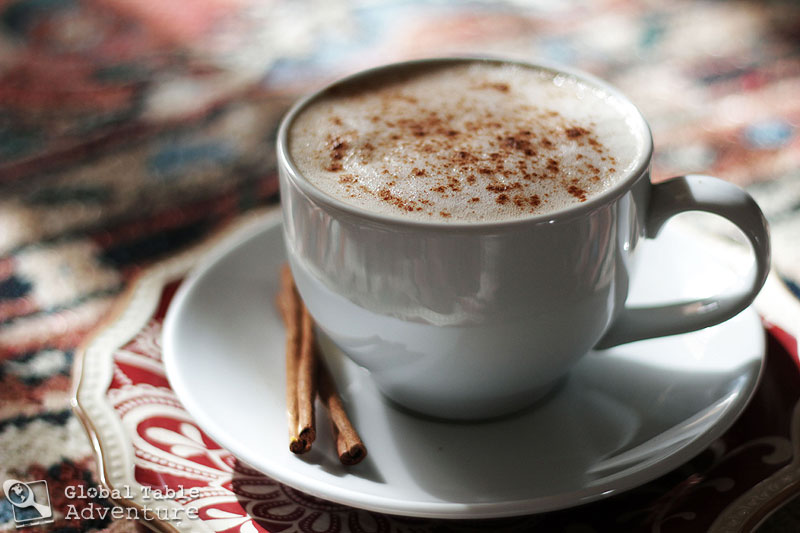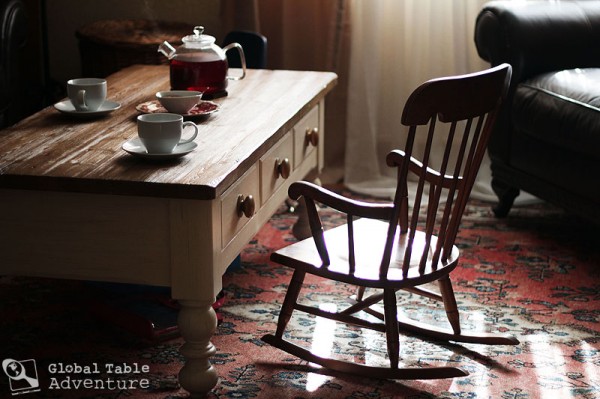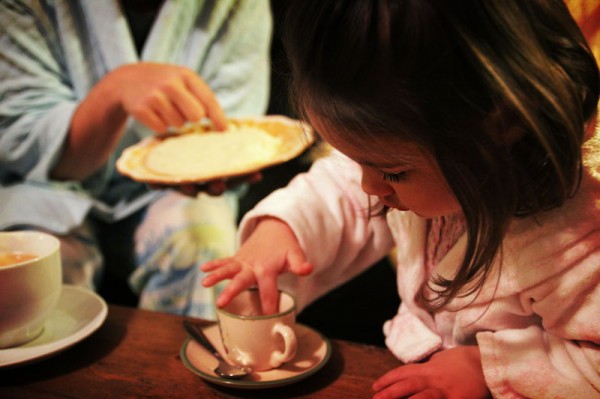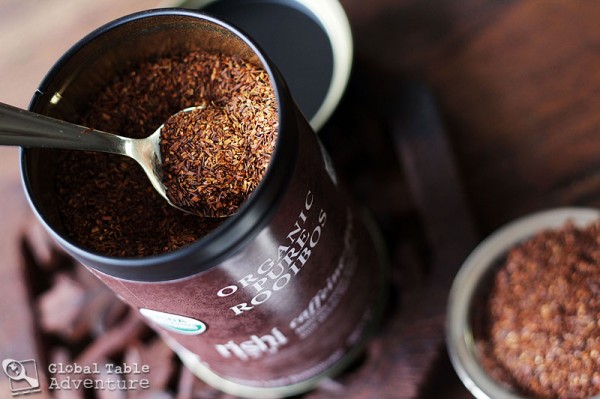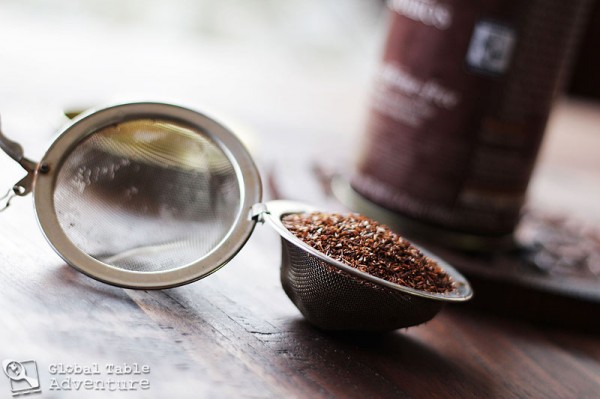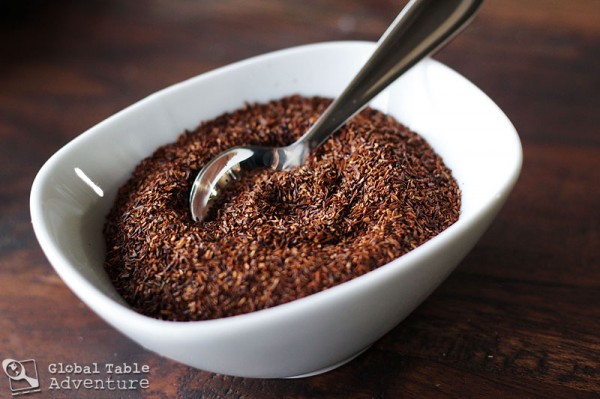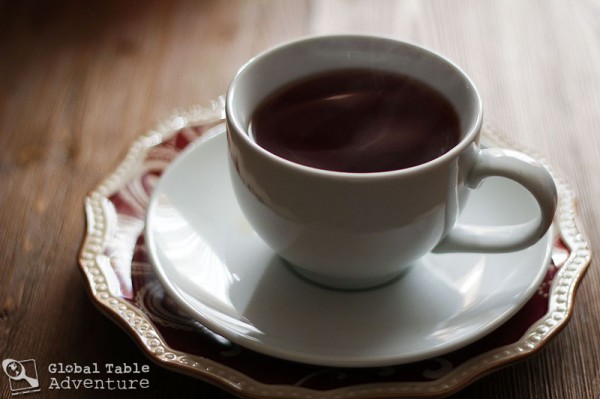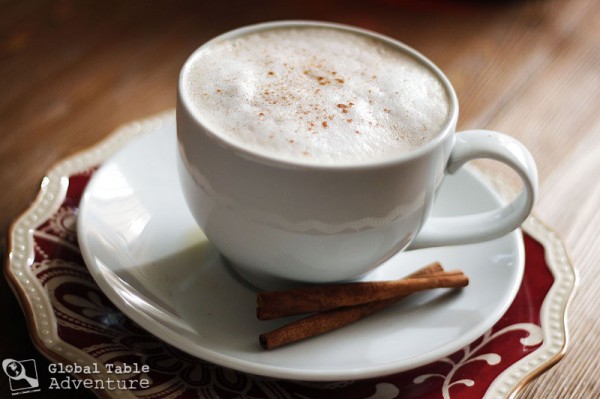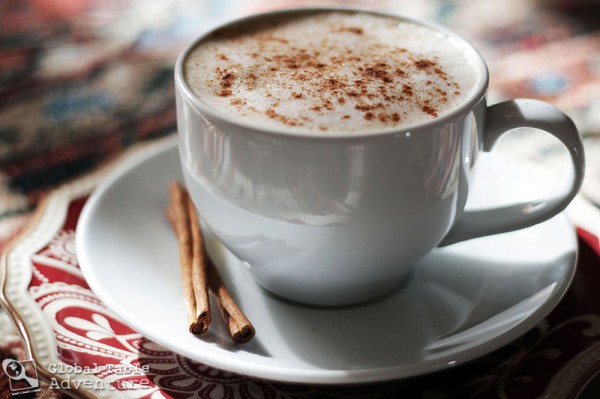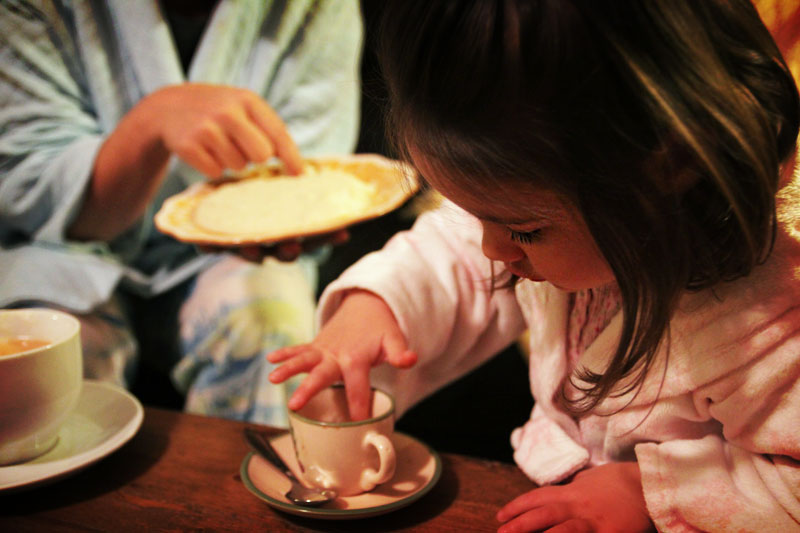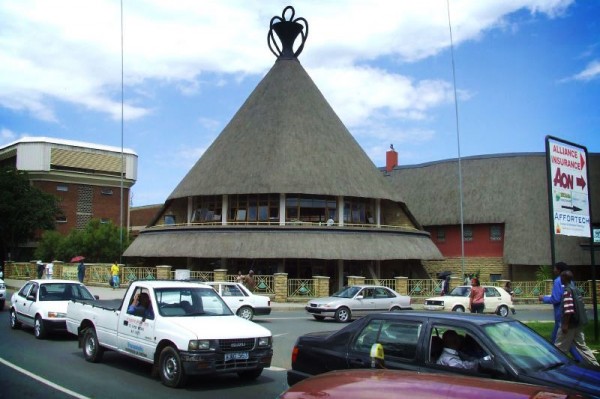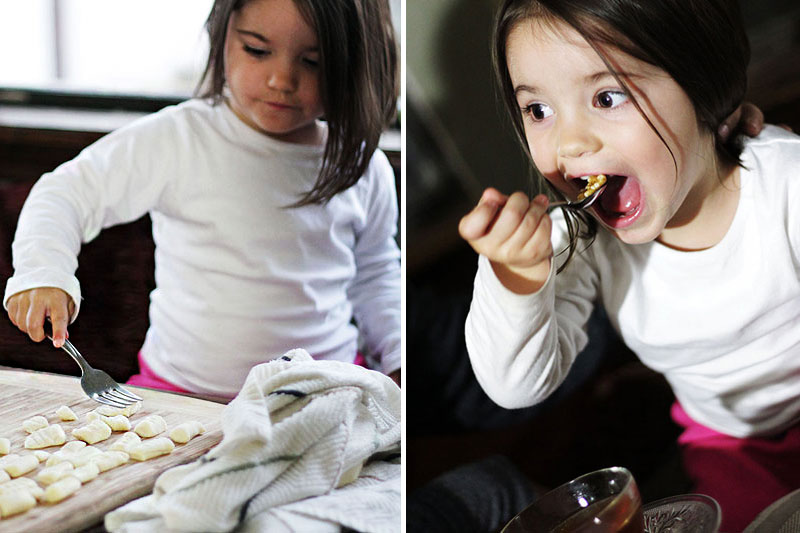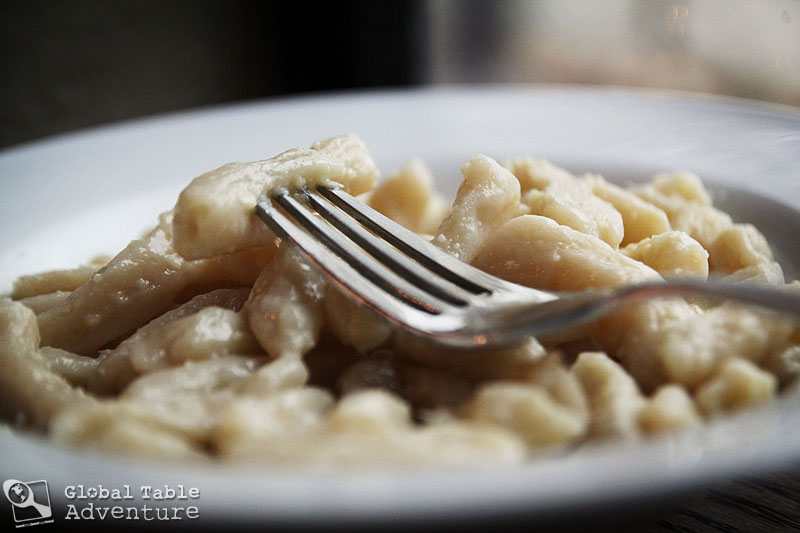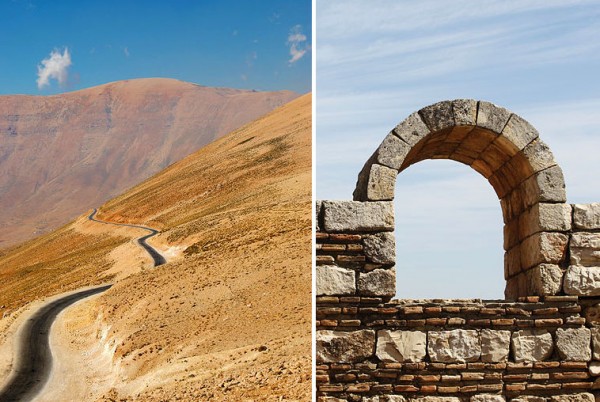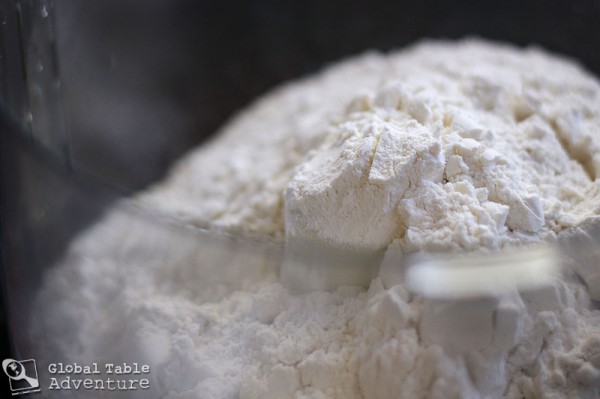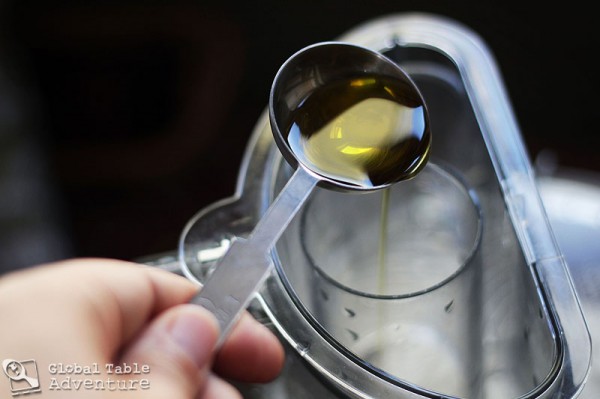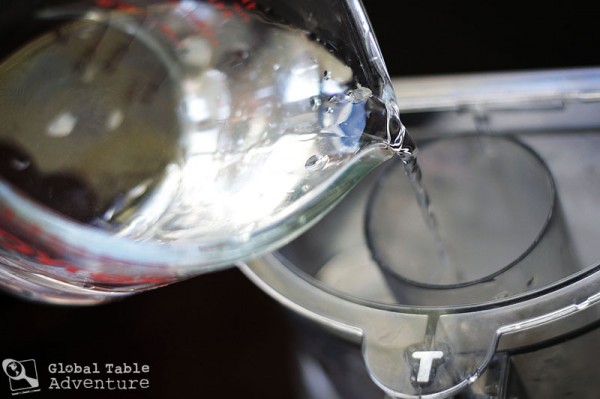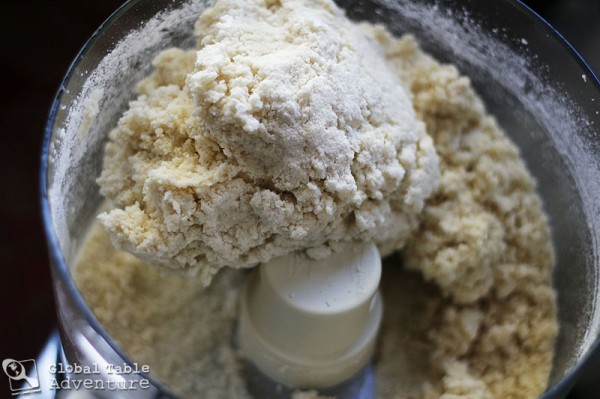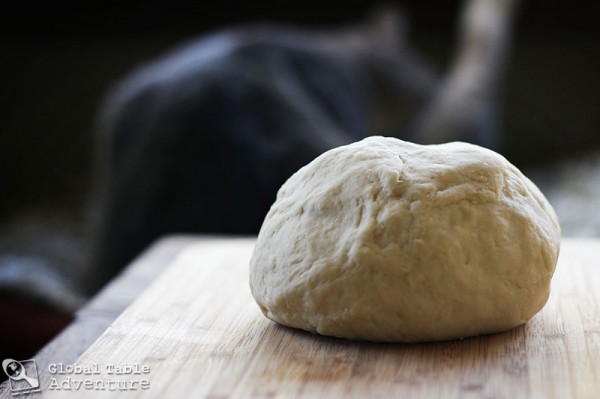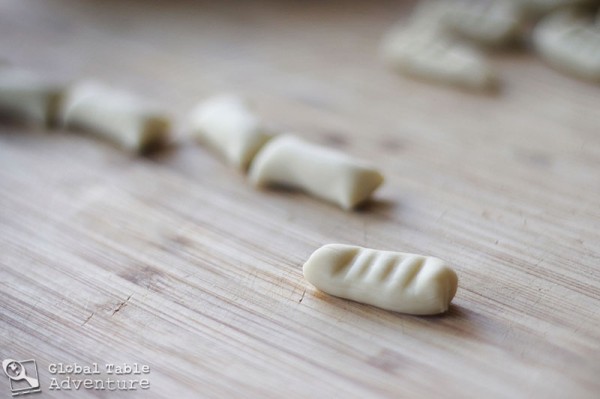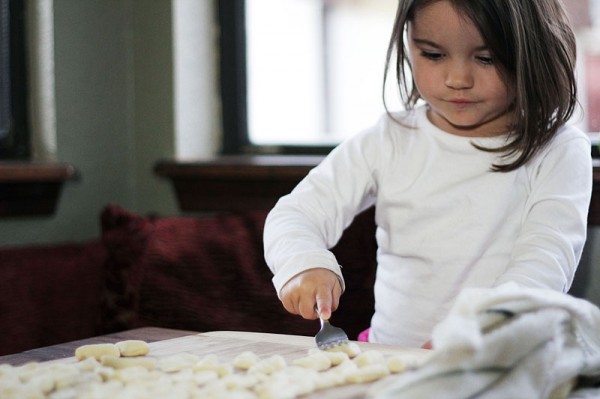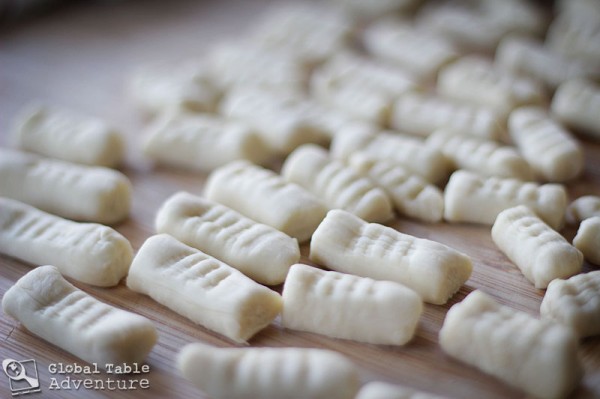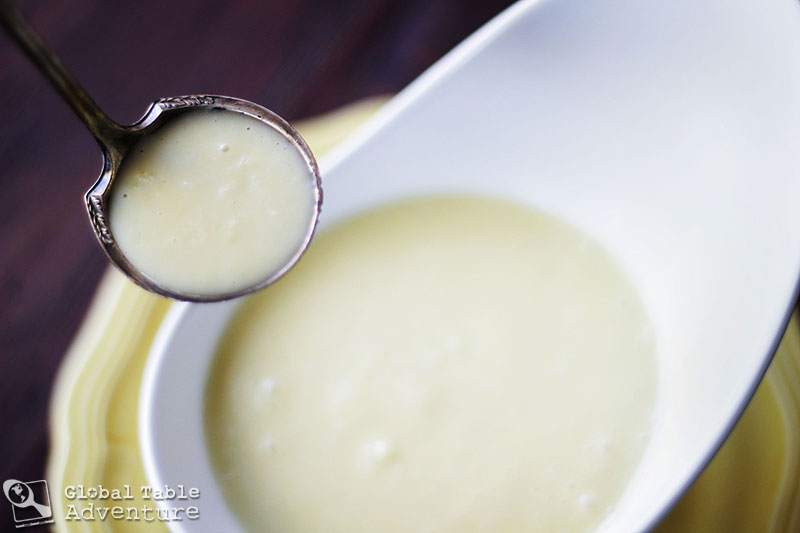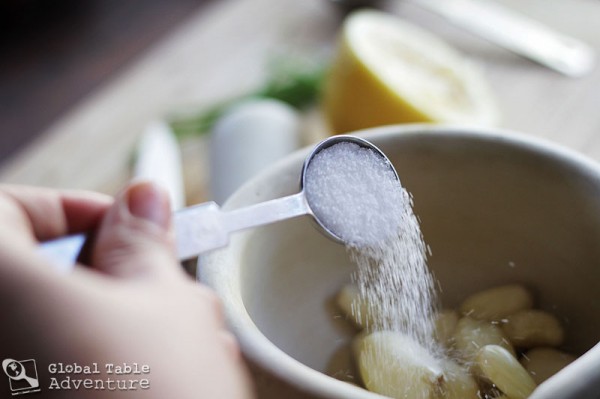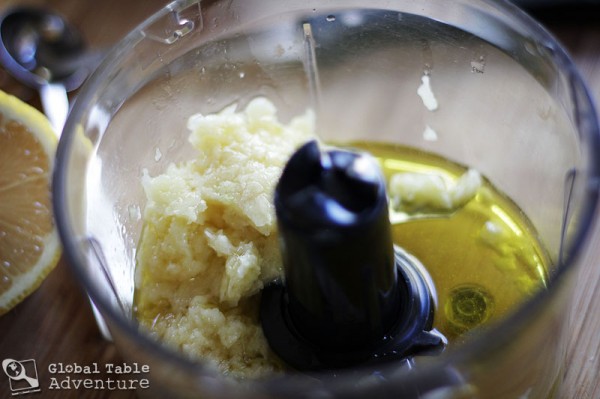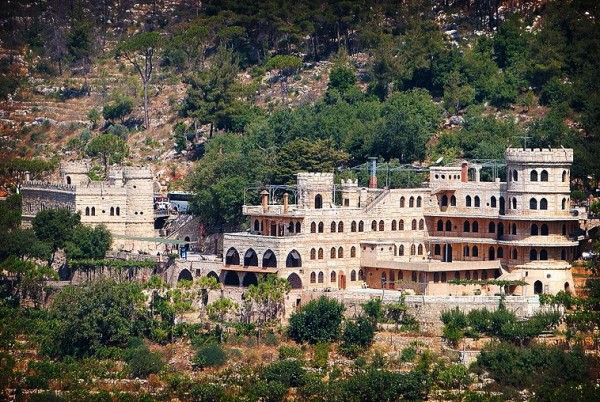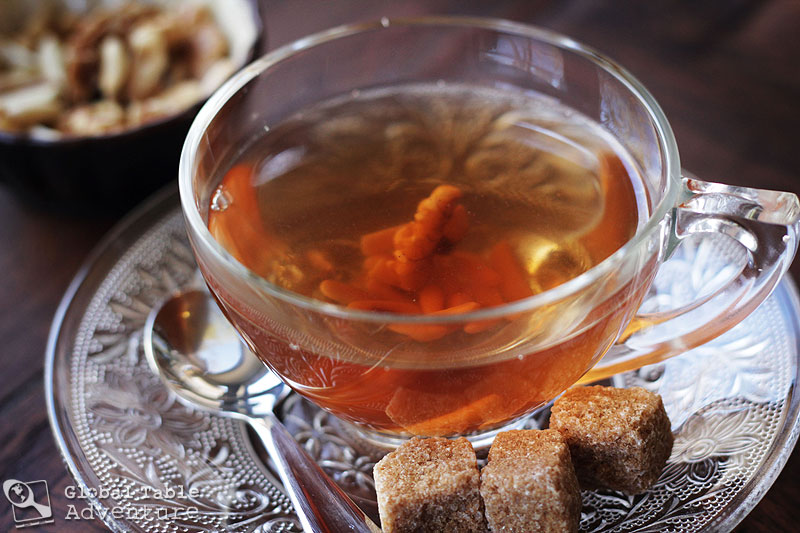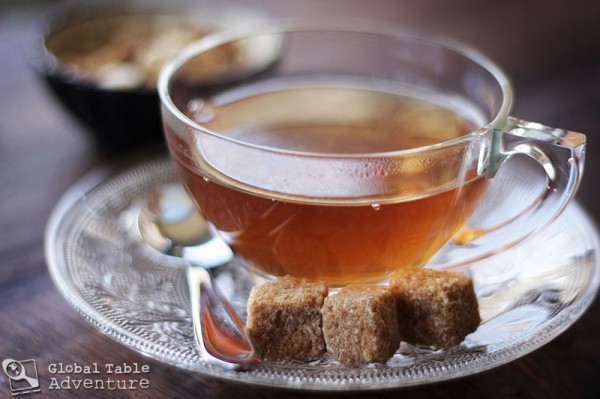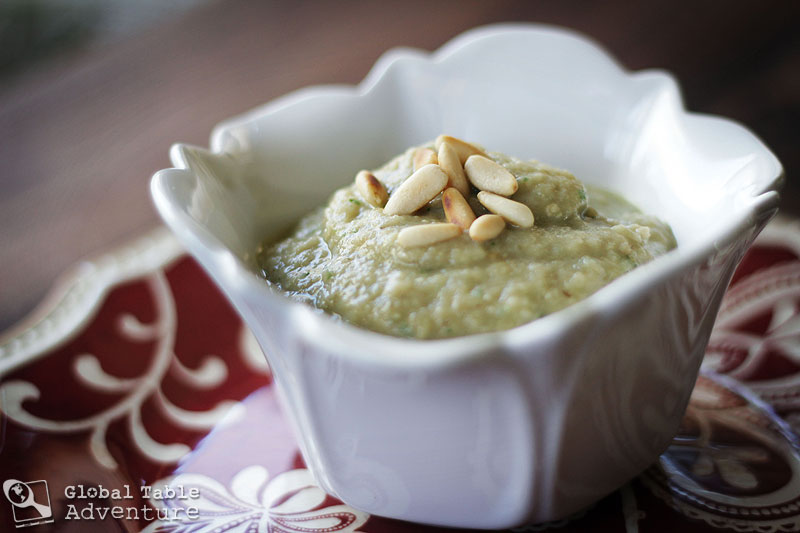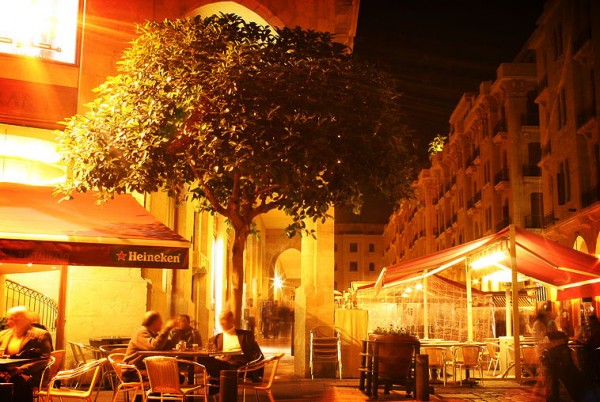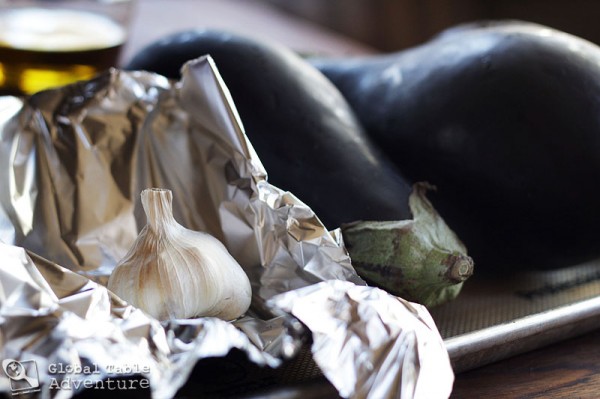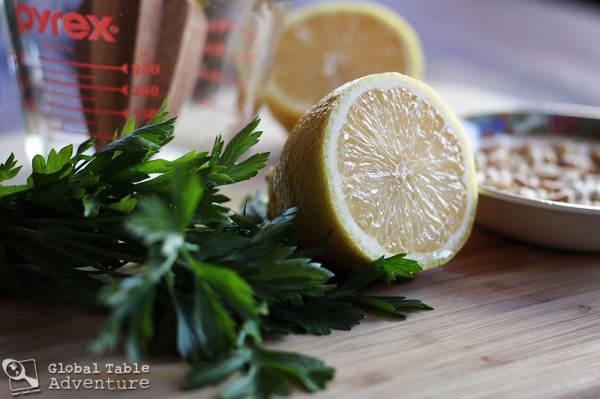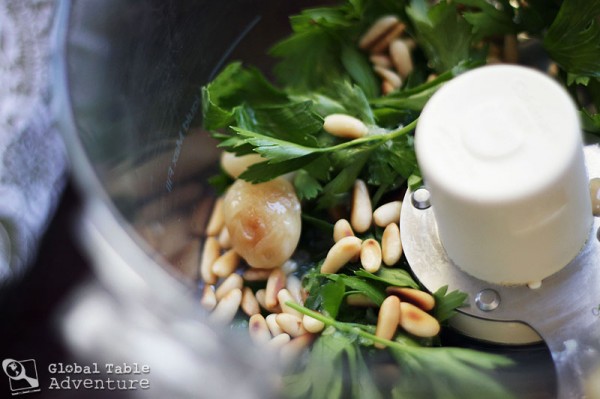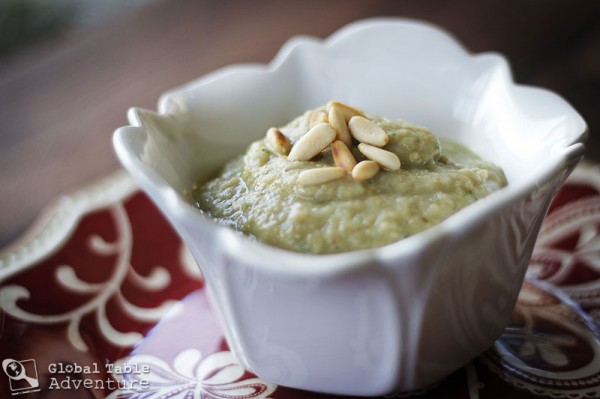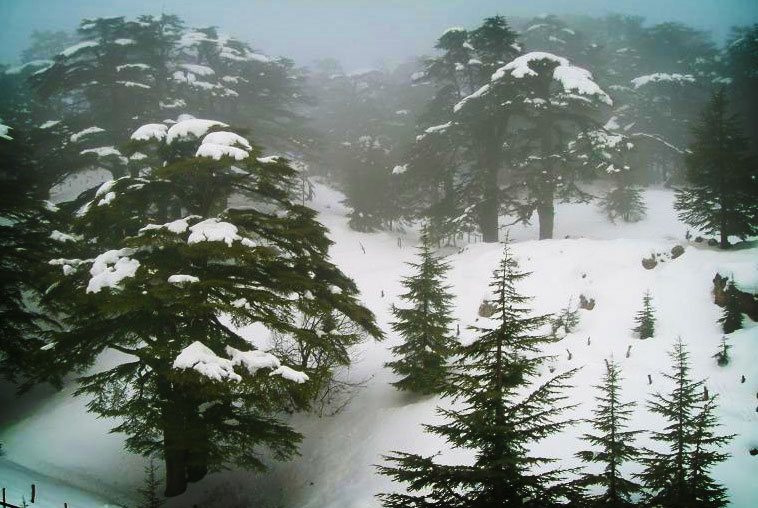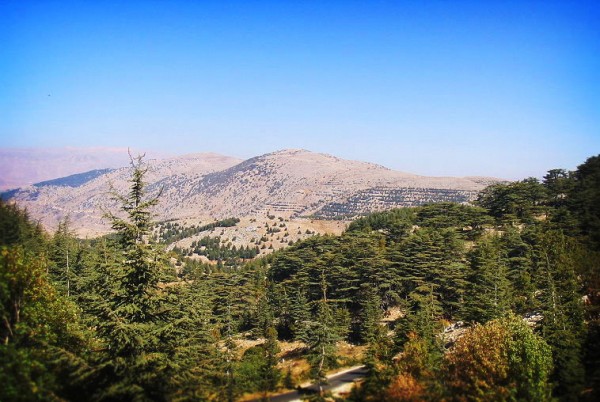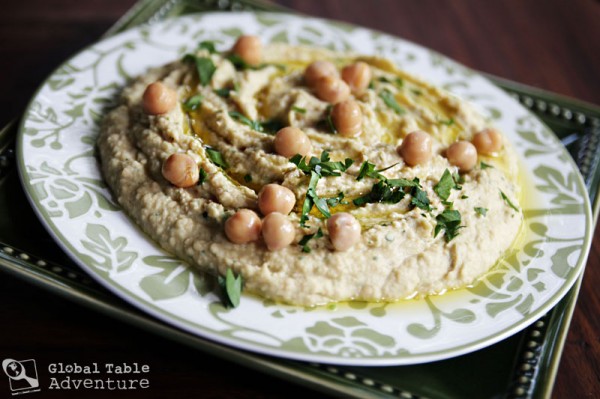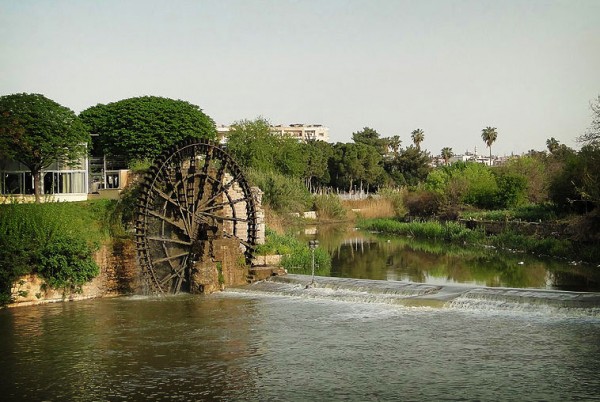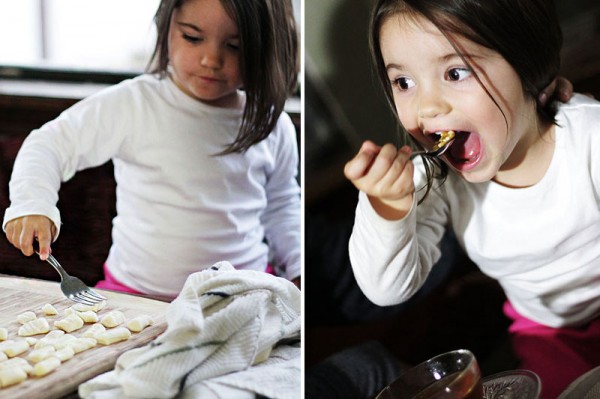
THE SCENE:
I am five minutes into mashing and squashing an entire head of garlic, when I realize I am not really sure what people mean when they say “I cook with my heart.”
My kitchen is littered with garlic peels. The papery petals stick to my fingers when I try to scrape them up. This is my second head of garlic for the day. Earlier, I roasted an entire head of garlic for the baba ghanoush.
Two heads of garlic is a lot for one single, solitary meal. For the 2.5 of us.
I laugh. How did I get here?
I scrape the blob of garlic paste into my mini-prep and buzz it together with a splash of lemon juice and a drizzle of olive oil. It turns from pale cream to butter yellow. The scent explodes into the air.
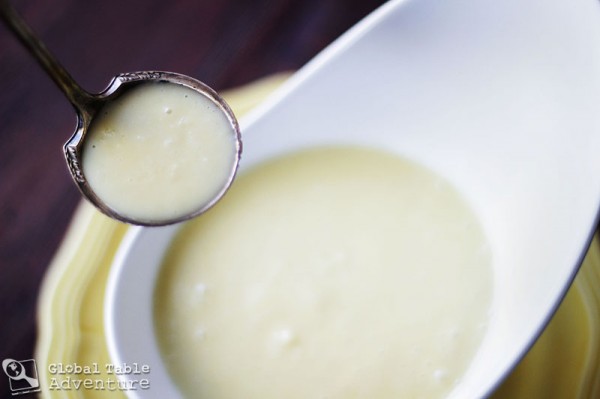
Is this what happens – is this the result of cooking from the heart?
Does one really need two entire heads of garlic in a meal? No.
Had I let my love of garlic overcome me? Probably.
Can love, perhaps, push the brain to the perimeter – even in an activity as simple as cooking? Definitely.
Tentatively, I dip my finger into the sauce – the smooth, silky sauce – and bring it to my lips. Oh goodness. This is raw, heart-squeezing garlic. This will kill every single germ inside my body.
I ladle it thickly on my Lebanese Maakroun. I eat without pause.
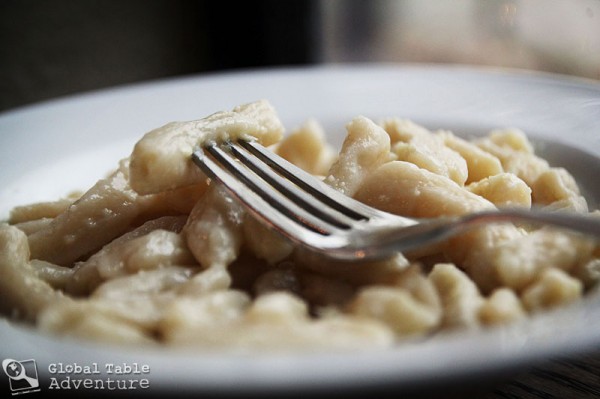
Just an hour later, I walk up the dark path to the small meet and greet at This Land Press.
My mouth tingles with toothpaste and garlic. Wretched.
I shake hands with a half dozen people. Fellow foodies. The garlic seeps effortlessly out of my pores, perfumes my hair, and floats over to the people around me.
I sip three glasses of wine, trying to cover up the taste.
Nothing helps.
A friend named Joe says he loves how garlic lingers on the hands, even days later. He doesn’t mind.
When I tiptoe back into the house I debate brushing my teeth again. Instead, I pop open the fridge and stand there, cool air flowing onto my face. Bite by bite, I scoop up the leftover baba ghanoush.
I sleep without dreaming.
THE FOOD:
Baby-mama’s Spiced Tea, from Lebanon (Ainar) [Recipe]

What I liked most about this drink:
While I would have never thought of putting nuts in tea, I loved the slightly softened texture in combination with the hint of cinnamon and other spices – very festive. Definitely a new favorite. Ava had tons of fun dropping nuts into her tea, and even more fun fishing them out. Even Mr Not-as-Picky (Keith) thought it was “pretty good.” This is high praise considering he’s mildly allergic to nuts (very mildly, as in… they make his mouth “tingle”).
What I liked least about this drink:
For some weird reason I forgot how to make tea. I dumped all the spices, loose as a goose, into my pot of water. Next time I’ll simply use a tea ball and avoid the straining game.
Baba Ghanoush with Roasted Garlic [Recipe]
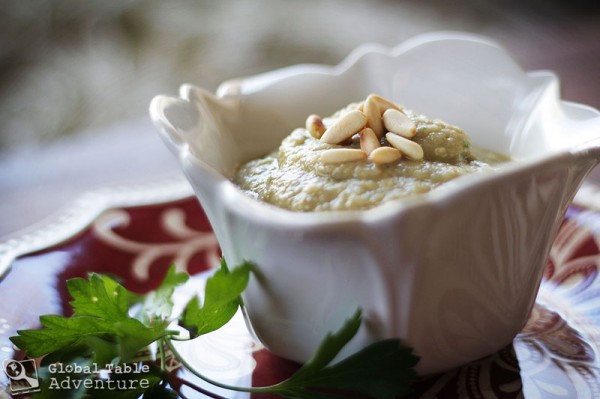
What I liked most about this dish:
I ate half my body weight of this dip, if that’s any indication. I really enjoyed the mellow roasted garlic flavor which rounded out the eggplant and bright lemon juice. Also, the smoky pine nuts added great body. Keith had a little bit and said it reminded him of hummus and, in fact, he thought that’s what it was at first.
What I liked least about this dish:
Ava is funny with dips. Some days all she wants to do is dip, dip, dip. Other days- and this was one of them – she won’t go near anything dip-like.
Mountain Gnocchi (Maakroun) [Recipe]

What I liked most about this dish:
This recipe is a snap to make. The pasta dough was really pliable thanks to the warm water which made it easy for Ava to help roll it out. Good family fun. And, as a bonus, Keith asked for it for dinner just two days later. We whipped up a batch and used up the leftover toum – fantastic.
What I liked least about this dish:
No real complaints with this one, except perhaps that I need to work on my fork technique for making the markings.
Lemon Garlic Sauce (Toum) [Recipe]

What I liked most about this dish:
Wow. 1) I never thought in a million years that Ava or Keith would go for this. 2) They did and they both loved it. 3) This stuff is potent 4) Despite my hesitations before making the dish, I can now say that Toum will be making many an appearance on pasta dishes in our home.
What I liked least about this dish:
Use with a light touch – make sure you can handle the potency. Also, if you don’t have a mini food processor, you might have to double or triple the recipe so you can put it in your blender or large food processor. OR you can do it entirely by hand, but getting it so smooth isn’t super easy by hand – I tried.
Ava’s Corner
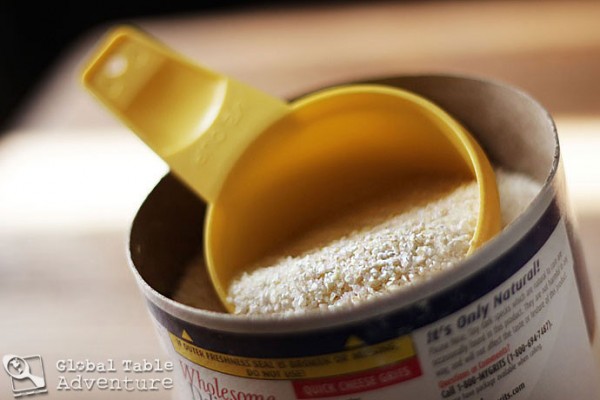
 It looks soft and mushy, but in fact, this papa is rather solid once cooled.
It looks soft and mushy, but in fact, this papa is rather solid once cooled.
